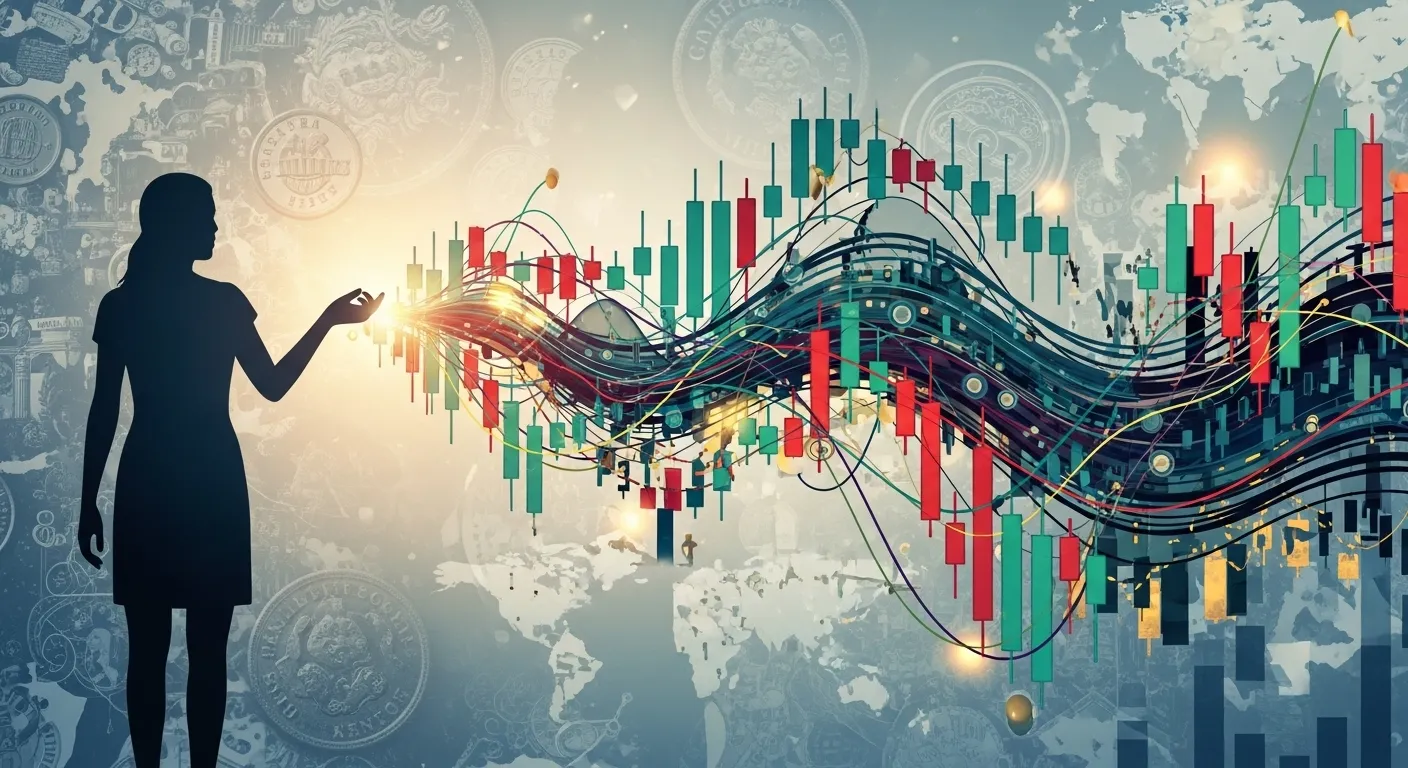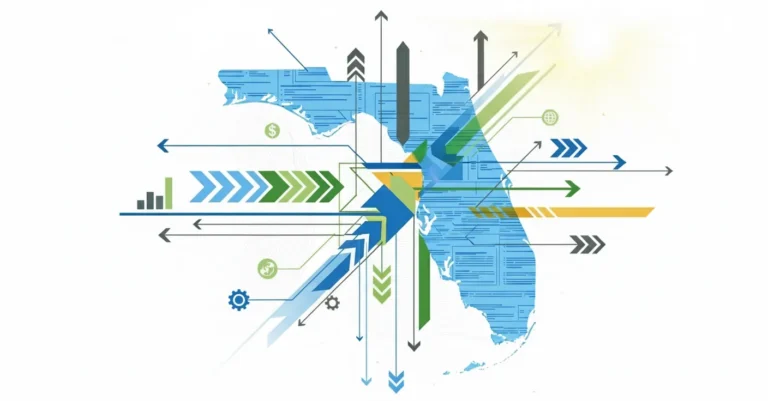Why understanding Forex history matters: The foreign exchange market didn’t just appear overnight. It’s a product of centuries of economic evolution. By understanding how it all began, traders gain insight into why today’s market operates the way it does.
From ancient barter systems and gold-backed currencies to the collapse of Bretton Woods and the rise of digital platforms, currency trading has constantly adapted to global needs.
This article traces the journey of Forex, from the gold standard era to the floating exchange rates we use today, and finally to the modern digital landscape shaped by technology and cryptocurrencies.
Early Currency Systems
Before Forex as we know it, trade began with barter, where goods were exchanged directly, grain for livestock, cloth for tools. While simple, barter had limits: not everyone wanted what the other had.
To solve this, civilizations introduced coinage, with metals like gold and silver becoming widely accepted as a store of value. These precious metals evolved into the first universal money, making trade more efficient across regions.
Ancient empires such as the Greeks, Romans, and Chinese further shaped currency systems. Their standardized coins helped expand commerce, build trade routes like the Silk Road, and lay the foundation for international exchange.
The Gold Standard Era (19th – Early 20th Century)
The gold standard was a monetary system where currencies were directly tied to gold. Each unit of money represented a fixed amount of gold, which gave stability and trust to international trade.
By pegging currencies to gold, exchange rates became more predictable, making cross-border transactions smoother for governments, merchants, and banks. This system fueled global trade and economic growth during the 19th century.
However, the gold standard had its limitations. During wars and financial crises, countries often suspend it to print more money for funding. These disruptions revealed its rigidity and inability to handle sudden economic shocks.
Bretton Woods System (1944–1971)
After World War II, world leaders created the Bretton Woods Agreement in 1944 to stabilize the global economy. Under this system, the U.S. dollar was pegged to gold at $35 per ounce, while other major currencies were pegged to the dollar. This made the USD the world’s reserve currency.
The IMF (International Monetary Fund) and World Bank were established to promote international trade, provide loans, and oversee global financial stability. For decades, Bretton Woods brought economic growth and stable exchange rates.
However, by the late 1960s, rising U.S. inflation, Vietnam War spending, and growing global demand for gold weakened trust in the system. In 1971, President Richard Nixon ended dollar-gold convertibility, marking the collapse of Bretton Woods and the start of floating exchange rates.
The Rise of Floating Exchange Rates (1970s Onward)
The Nixon Shock of 1971 ended the direct link between the U.S. dollar and gold, pushing the world into a new monetary era. Instead of fixed pegs, currencies began to “float” freely, with their value determined by supply and demand in the global market.
This shift brought more flexibility but also more volatility. Exchange rates now react instantly to interest rates, inflation, and political events, creating both challenges and opportunities for traders.
For the first time, currency speculation became a major global activity, setting the stage for the modern Forex market where trillions of dollars are traded daily.
Technological Advancements in Forex
The 1980s and 1990s marked a revolution in currency trading with the introduction of computers and electronic trading systems. No longer limited to banks and large institutions, Forex gradually became more accessible.
The launch of online trading platforms like MetaTrader 4 (MT4) and later MetaTrader 5 (MT5) gave traders advanced charting, automated strategies, and real-time access to the markets.
This digital shift also fueled the rise of retail Forex trading, allowing individuals worldwide to participate with smaller capital, making Forex one of the most globally accessible financial markets.
Modern Forex Market
Today, the Forex market has grown into the largest financial market in the world, with a daily turnover exceeding $7 trillion. It’s a highly liquid and interconnected system where central banks influence currencies through policy, hedge funds and institutions drive large-scale trades, and retail traders contribute a growing share thanks to online platforms.
The rise of high-frequency and algorithmic trading has further transformed the landscape, making speed, data, and technology crucial to success in today’s Forex market.
Forex in the Age of Cryptocurrencies
The emergence of Bitcoin and altcoins has introduced a new dimension to global trading, offering alternatives to traditional currencies. Alongside this, the rise of decentralized finance (DeFi) is reshaping how traders access liquidity, bypass intermediaries, and manage cross-border transactions.
Looking ahead, the development of Central Bank Digital Currencies (CBDCs) could further transform Forex by adding digital versions of national currencies, blending the stability of fiat with the speed of blockchain.
The switch to floating rates created the Forex market’s unique, global structure, a major difference when comparing it to traditional stock exchanges in a “Forex vs Stocks” analysis.
Lessons from History
The story of Forex shows that currency systems have always adapted to economic shifts and technological change, from gold coins to digital trading. Each era highlights the importance of regulation and stability, as weak systems eventually collapse under pressure. For today’s traders, these lessons remind us that volatility is nothing new.
Understanding the past helps make sense of present market swings and prepares us for future shifts. For an authoritative look at the foundation of modern global finance, start by reading about the creation of the Bretton Woods System, which fixed the U.S. dollar to gold after World War II.
Conclusion
From gold coins to digital currencies, Forex has continuously evolved alongside global economies and technology. The key lesson is clear: adaptability is the trader’s greatest asset.
As markets move forward, the future of Forex will probably merge historical foundations with cutting-edge innovation, offering both challenges and opportunities for those prepared to embrace change.




